President Hadi continues to face mounting security challenges amid Houthi rebels and southern secessionists.
Challenges posed by Islamist militants are among a myriad of threats to Yemen’s stability. President Abdo Rabbo Mansour Hadi, however, continues to face mounting challenges on two other fronts: the northern province of Amran and the unwavering southern secessionist movement.
The political transition process, anchored in the outcomes of a ten-month-long National Dialogue Conference (NDC), which ended in February 2014, continues to be derailed by widespread armed clashes between tribal militias loyal to the Sunni Islamist party, al-Islah, and supported by Army Brigade 310 and Zaydi-Shia rebels in Amran. In addition, while Hadi has had significant success in reaching out to people in the south, his efforts to gain full support for a federal system remain obstructed by leaders on the ground and in exile, who are bent on a two-state solution.
The Houthi Rebellion
The ongoing conflict between Houthis, led by Abd al-Malek Badr al-Din al-Houthi, and al-Islah is far more complicated than mere sectarianism. Politics and vendettas are at the core of a protracted conflict threatening to engulf Sana’a, as clashes spill onto the streets of the capital. Houthis — Zaydi-Shia rebels, who are often accused of receiving aid from Iran — have controlled the northern province of Sadah, bordering Saudi Arabia, since March 2011 under a negotiated deal with Gen. Ali Muhsin al-Ahmar, then-chief of the northwest regional command.
Houthi grievances extend as far back as the mid-1990s and grew from perceived religious discrimination under former President Ali Abdullah Saleh’s regime, which granted more influence to al-Islah following the 1994 civil war. Abd al-Malek al-Houthi, a sayyid or descendant of the Prophet Mohammed, represents more than family ambitions to rule the Zaydi Imamate, as tribes in Sadah and neighboring provinces of Hajja and al-Jawf view him as a vehicle of rebellion against the Yemeni government. Some sayyid families abroad support him, in order to address longstanding grievances rooted in the 1962 revolution that overthrew the last Zaydi imam. Houthis have recently focused on countering the influence wielded by sheikhs of the Ahmar family from Amran, who are members of al-Islah, as well as Salafi elements in northern Yemen.
Al-Islah was at the frontline of the uprising that overthrew Saleh in 2011. The party holds 50% of the current cabinet posts as part of the Joint Meeting Parties (JMP) coalition. Al-Islah is partly composed of Muslim Brotherhood elements, tribal and business actors, as well as self-described Salafis. Tribal leaders of the Ahmar family, part of the Hashid confederation and originally from Amran province, have been a pillar of al-Islah since its creation in the early 1980s. While not a member of al-Islah, Gen. Ali Muhsin has been a staunch supporter of the Sunni Islamist party and the Ahmar family. The party and its supporters have been natural rivals of the Zaydi-Shia Houthi rebels, as the Ahmar family helped spearhead the revolution against the last Zaydi imams in 1962. Al-Islah was also at the forefront of government policies targeting Zaydi schools from the mid-1990s onward. Ali Muhsin was also commander of the Northwest Command and the First Armored Division, charged with confronting Houthis in Sadah during six wars fought between 2004-09.
Hadi’s impromptu visit to Saudi Arabia on July 8 to meet with King Abdullah added to criticism of his handling of the Houthi threat. Speculation also mounted as to how Saudi Arabia may approach deepening instability on its southern flank.
Just months before the conclusion of the NDC, clashes erupted in Amran province between Houthis and tribes loyal to Sheikh Hamid al-Ahmar, a parliament member for al-Islah. The initial clashes, which were ignited by the murder of a family by tribesmen of al-Uzaymat, quickly spread throughout Amran. Following the Houthi takeover of al-Khameri village, home to the Ahmar family, the conflict spread into Sadah. When the conflict sparked clashes between Houthis and Salafis in the Damaj and Qitaf districts, al-Ahmar and elements within al-Islah rallied tribes and Salafi militias from northern and southern Yemen to battle the Houthis.
The well-organized and armed Houthi rebels, however, delivered a second major defeat to al-Ahmar and al-Islah. The conflict in Sadah only reached a ceasefire when President Hadi managed to negotiate the exodus of thousands of Yemenis and foreigners from Damaj in January. This decisive victory for the Houthis ensured full control over Sadah province and increased popular support for them among the Yemeni population . The two major defeats for al-Islah and its allies weakened the political party and shifted the political balance in Sana’a, which strengthened Hadi’s own hand vis-à-vis al-Islah, Ali Muhsin and Hamid al-Ahmar. Yemenis hold that Hadi was initially forced to gravitate toward the general, al-Islah and Bayt al-Ahmar, in order to politically counter deposed President Saleh. Following this, the public believed Hadi was granted a second chance as Houthis grew in power and influence. Anti-Islah elements cited the president’s unwillingness to provide military assistance during conflicts with Houthis as evidence of such shifts in political alliances.
The most recent ceasefires between Houthis and al-Islah between June 4-22 were fragile and armed clashes continued. On July 8, Houthi militants launched an assault on the headquarters of the 310 Brigade, killing Commander Hamid al-Qushaibi, and later taking over the city of Amran. Media organizations and observers instantly began to speculate about the next move for Houthis: the possible taking of Sana’a. Media organizations have continued to report on clashes in the Hamdan, Arhab and Bani Matar districts of Sana’a since the last ceasefire of June 22.
The conflict remains a thorn on President Hadi’s side. His efforts to reach a permanent ceasefire have failed, and the killing of an army officer has placed him in a most uncomfortable position, as state institutions seem to be in direct conflict with a non-state actor. Hadi’s impromptu visit to Saudi Arabia on July 8 to meet with King Abdullah added to criticism of his handling of the Houthi threat. Speculation also mounted as to how Saudi Arabia may approach deepening instability on its southern flank.
The Southern Issue
The southern issue is another thorn in Hadi’s side. No final solution was agreed upon during the ten months of dialogue. Efforts to reach out to southern leaders in exile, including Ali Salem al-Baydh, Haydar al–Attas and Ali Nasser Mohammed, have failed. Hadi recently reached out to leaders such as Nasser al-Nouba and Abd al-Aziz al-Maflahi to gain support from within Yemen. But the Supreme Council of the Southern Movement (Hirak), under the leadership of al-Baydh, immediately moved to discredit all southerners meeting with the president. The council’s secretary general, Ambassador Qassem Askar, issued a statement claiming figures such as al-Nouba did not speak for the people of the south and had no direct contact with the movement.
President Hadi’s previous effort to co-opt secessionist leaders failed from the start. In May 2013, less than two months after the start of the NDC, Sheikh Ahmed bin Farid al-Sureima resigned as a vice president of the conference, citing a “plot against the southern cause.” His place as leader of the southern contingent was soon filled by Mohammed Ali Ahmed of Abyan province, who later withdrew from the conference in September 2013 after clashing with Hadi and UN Special Envoy Jamal Benomar. Hadi then came to rely on Yasin Maqawi, who replaced Mohammed Ali, to push for support of the conference outcomes by using Aden as a base. No major accomplishments were achieved between February and May 2014, forcing Hadi to once again look for more reliable allies in the south. It remains to be seen if al-Nouba can spearhead new efforts to close the gap between the people of the south and President Hadi.
As result of the latest armed conflicts in northern Yemen, the UN Humanitarian Coordinator commented on the estimated 15,000 families displaced by the conflict, out of a population of 120,000. Other agencies highlighted the growing number of new internally displaced persons (IDPs) reaching nearly 35,000.
The secessionist movement continues on a peaceful path anchored in civil disobedience as a primary form of protest. Only a small faction in Hirak, under Taher Tamah, has taken up arms in al-Dhale province. A tribal alliance also surfaced in summer 2013 in the eastern province of Hadhramawt to exert further pressure on Hadi to address grievances in the region, such as the distribution of oil wealth and support for secession. This tribal alliance later took up arms against security forces following the killing of Sheikh Sa’ad bin Habrish in December 2013 at a checkpoint. The same alliance also prioritized increasing pressure on the oil industry in Hadhramawt, by taking over a number of closed wells and threatening to seize working fields, in order to pressure companies and the government to properly compensate the population in the area.
Hirak, throughout the south, continues to be committed to peaceful resistance until secession is achieved. But the presence of armed groups willing to engage in violence threatens to ignite a full-blown conflict. Since mid-2011, Tamah has often been mentioned by Sheikh Tareq al-Fadhli of Abyan as the leader of Hirak’s armed wing. Al-Fadhli recently broke his house arrest in Aden to join Ansar al-Sharia (AAS), an affiliate of al-Qaeda in the Arabian Peninsula (AQAP), citing his willingness to join the fight against Yemen’s government. In addition, Ali Mohammed al-Kurdi, charged with the attack on the USS Cole in October 2000, has also pledged to fight secessionists in order to safeguard Yemen’s unity. Sporadic clashes between security forces and protesters also present a potential spark for a much wider armed conflict.
Running Out of Chips?
As result of the latest armed conflicts in northern Yemen, the UN Humanitarian Coordinator commented on the estimated 15,000 families displaced by the conflict, out of a population of 120,000. Other agencies highlighted the growing number of new internally displaced persons (IDPs) reaching nearly 35,000. This is in addition to the number of IDPs from the Sadah conflict in 2013. Thousands more have been displaced in Abyan and Shebwa, as result of the government’s offensive against AQAP and AAS militants. IDPs from Amran are said to have reached Sana’a and taken over streets in the absence of appropriate shelter.
Hadi was received by Crown Prince Salman bin Abdulaziz in Jeddah prior to meeting King Abdullah, as Houthis consolidated control over Amran city on July 8. Much speculation remains over the precise topics discussed during the visit. Media organizations mostly reported that talks involved further requests for financial assistance. Others indicate President Hadi and King Abdullah could have discussed relief as Yemen’s fuel crisis grows, recent attacks by AQAP militants on Saudi guards at a border post, and events in Amran. In March, Saudi Arabia designated Houthi rebels a terrorist group.
Yemeni and foreign observers continue to forecast a widespread civil war, but others dismiss any willingness by rival factions to escalate further. A civil war scenario does not appear in the immediate interest of any actor. Speculation over possible direct conflict between Houthis and the army are also dismissed, since Hadi lacks full control over the armed forces and clashes are expected to fragment the military further. Hadi once again has come under fire mainly by al-Islah and its sympathizers for failing to deploy sufficient reinforcements to prevent the assault on the 310 Brigade in Amran. AQAP leaders in January, following clashes in Dammaj, also expressed similar criticism of Hadi for his lack of support for Sunni civilians threatened by Shia militants — adding to reasons legitimizing attacks on Hadi loyalists and government facilities.
President Hadi continues to face mounting security challenges. Relief for a population suffering from dire economic conditions and conflict trauma remains beyond the immediate reach. Yemen’s cabinet remains fragmented and unable to respond to widening crises. Foreign aid is dwindling and oil income has reportedly decreased by 64%, at a time when financial resources are vital to address budget deficits and economic needs. No new aid has been announced in 2014, and Hadi may soon run out of bargaining chips to encourage international partners to commit further funds in Yemen.
The views expressed in this article are the author’s own and do not necessarily reflect Fair Observer’s editorial policy.
Support Fair Observer
We rely on your support for our independence, diversity and quality.
For more than 10 years, Fair Observer has been free, fair and independent. No billionaire owns us, no advertisers control us. We are a reader-supported nonprofit. Unlike many other publications, we keep our content free for readers regardless of where they live or whether they can afford to pay. We have no paywalls and no ads.
In the post-truth era of fake news, echo chambers and filter bubbles, we publish a plurality of perspectives from around the world. Anyone can publish with us, but everyone goes through a rigorous editorial process. So, you get fact-checked, well-reasoned content instead of noise.
We publish 2,500+ voices from 90+ countries. We also conduct education and training programs
on subjects ranging from digital media and journalism to writing and critical thinking. This
doesn’t come cheap. Servers, editors, trainers and web developers cost
money.
Please consider supporting us on a regular basis as a recurring donor or a
sustaining member.
Will you support FO’s journalism?
We rely on your support for our independence, diversity and quality.




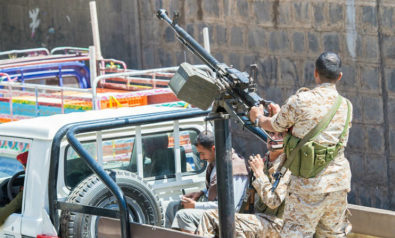
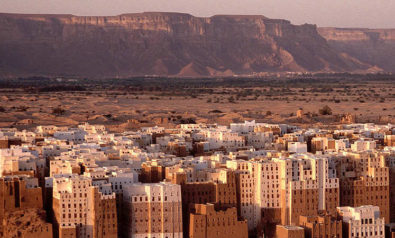
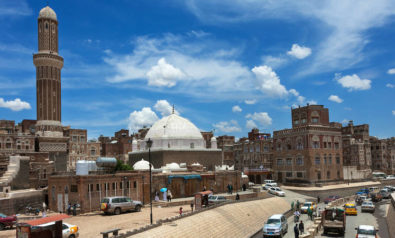
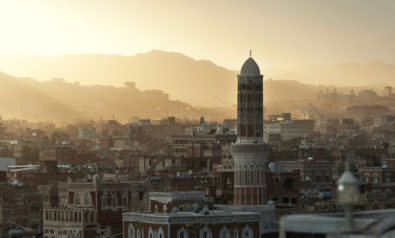
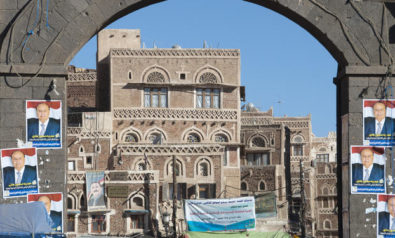
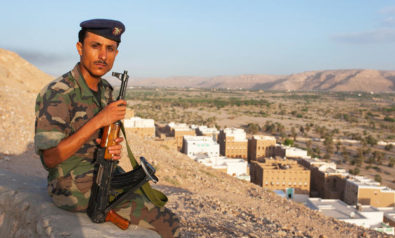

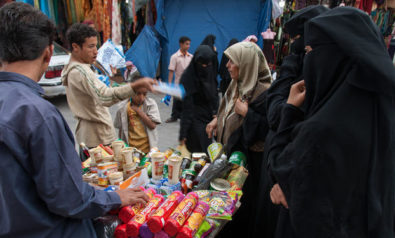
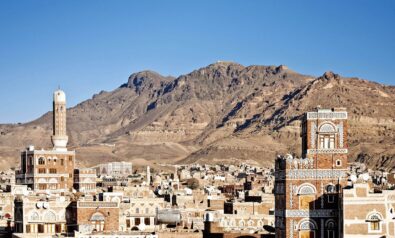
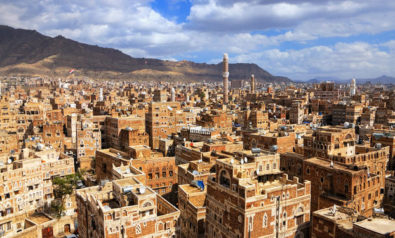
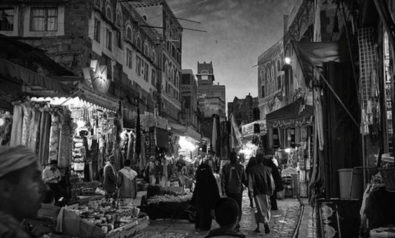
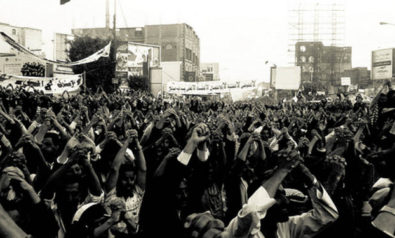
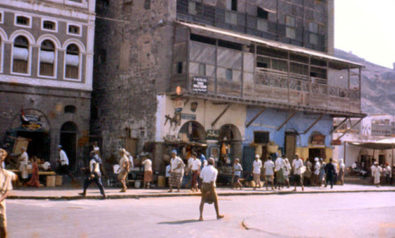
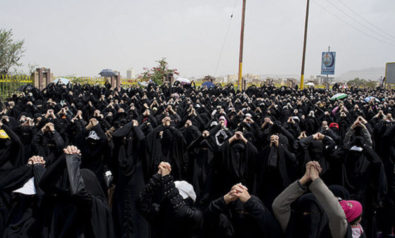
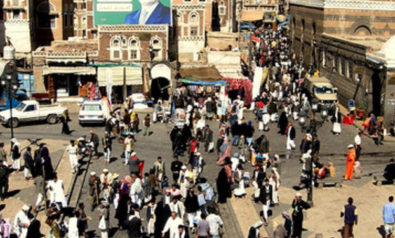

Comment